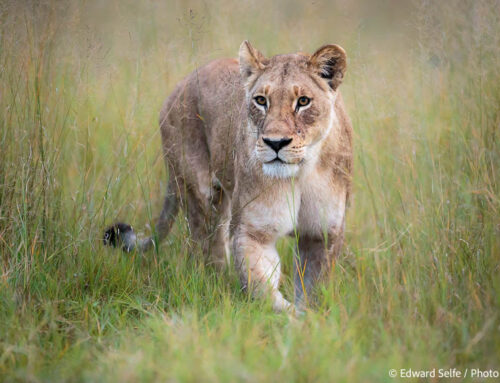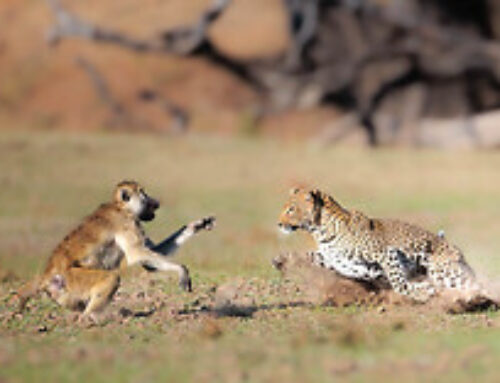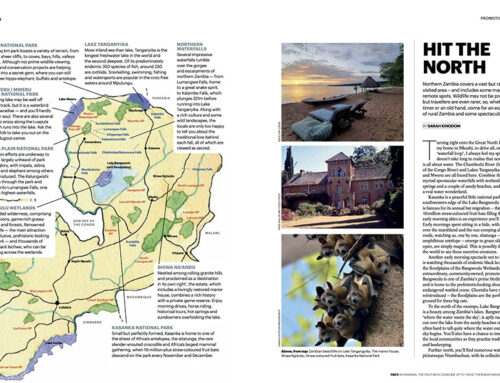Zambia’s COVID-19 journey continues; 64 cases have been confirmed in Zambia at the time of writing, mostly in the Lusaka area. With a relatively small population of international travellers in Zambia, it might be that it’s possible to trace the Nation’s outbreak back to that one starter infection and work from there to contain it. Each day there are more cases but not an increasing rate, so maybe there is still a chance to prevent it spreading beyond that area. What we need now is a restriction on movement of people around the country; but that will be highly unpopular. A recent lock down by the Malawian government was overturned by an injunction brought to the Supreme Court by a Human Rights group….. Sadly it seems that some nations are not watching what has happened in Europe and USA and/or are simply not in an economic position to enforce a lock down.
I want to continue my series of photo safari destinations by taking you to the northern sector of Zambia where there is a small cluster of National Parks and Game Reserve areas, clustered around a vast highland lake called Bangweulu. On the Eastern side of this lake is the Bangweulu Game Reserve and Lavushi Manda National Park. Further South is the Kasanka National Park.
These parks are best accessed by road from Lusaka. It’s a long drive, but you get to see some of the country and there are quality places to visit along the way, such as the Forest Inn in Mkushi and Mutinondo, a beautiful camp perched on the edge the Luangwa River escarpment and looking down into the Luangwa Valley.
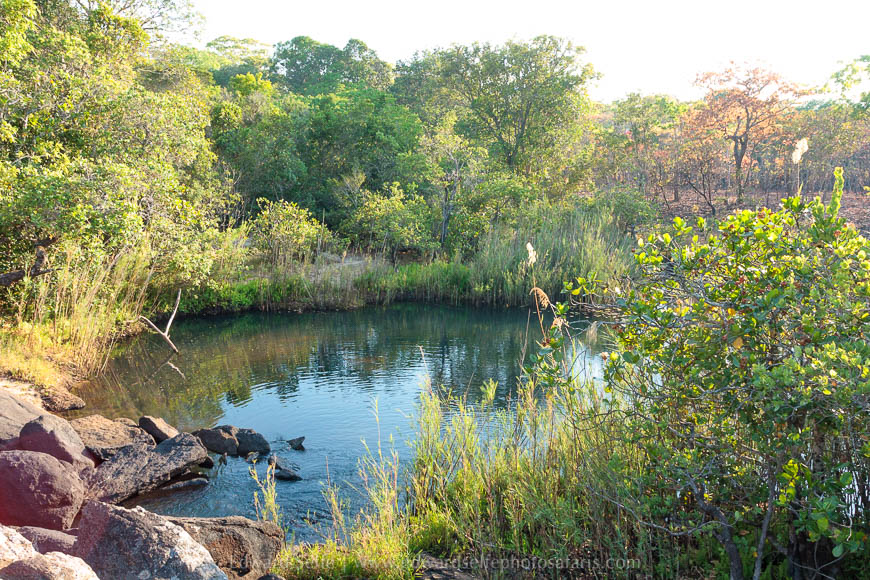
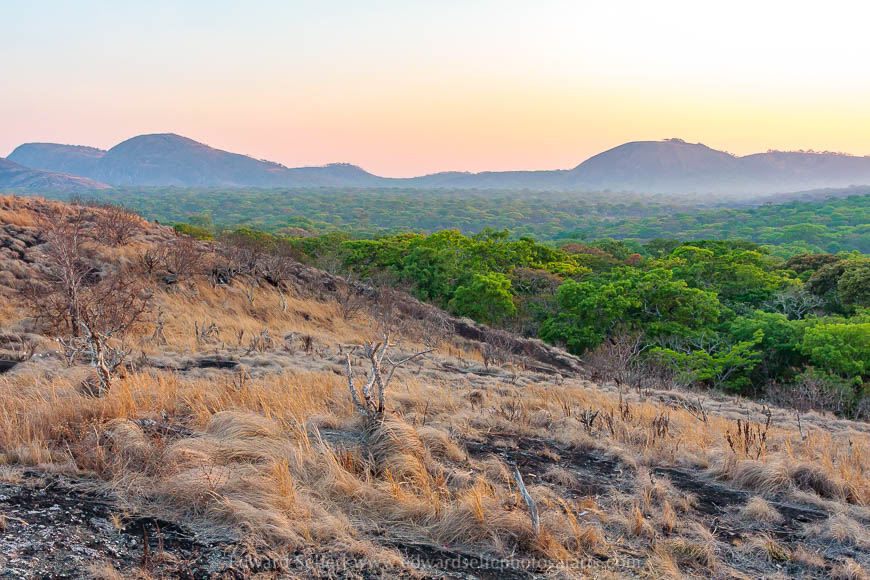
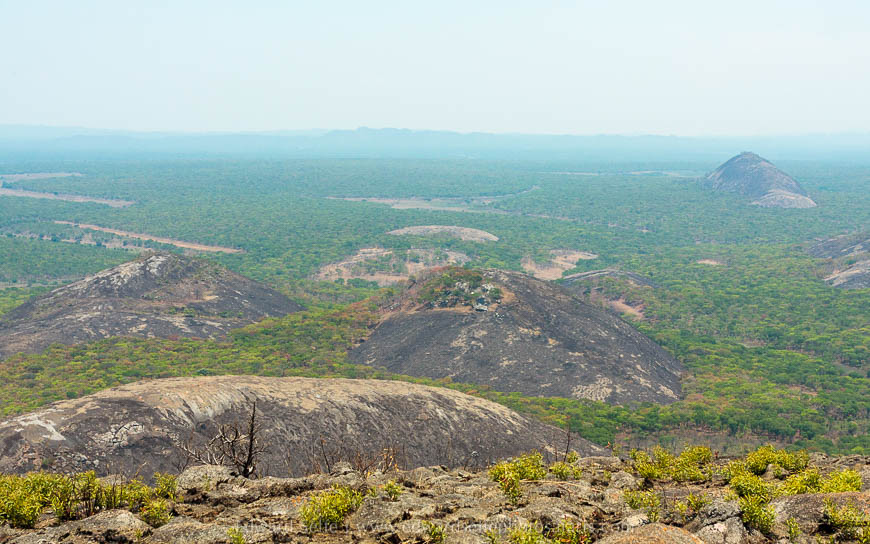
A couple of days’ birding and walking in the mature woodland is well worth the time. It’s a very relaxing and beautiful place. Moving on from there, it’s a few hours’ drive to Kasanka National Park, a little gem with a range of habitats and very few visitors. This park is most famous for a migration of fruit bats which visit from the DR Congo in the early part of the rainy season but any time from May to December is worthwhile. As well as a small chance of seeing a shoebill stork (normally a speciality reserved for Bangweulu) this park is the most reliable place in the world to see sitatunga antelope in the wild. They live in good numbers along the Kasanka river, moving amongst the papyrus reeds that line the banks.
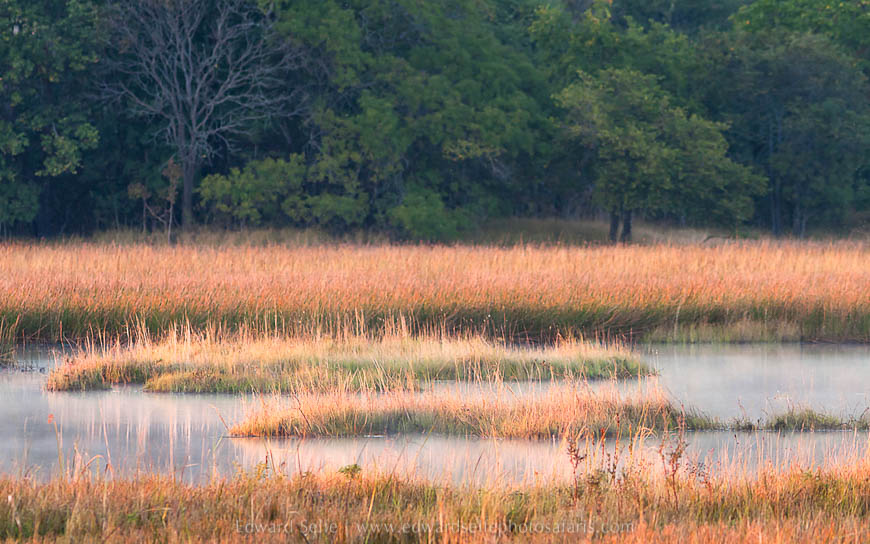
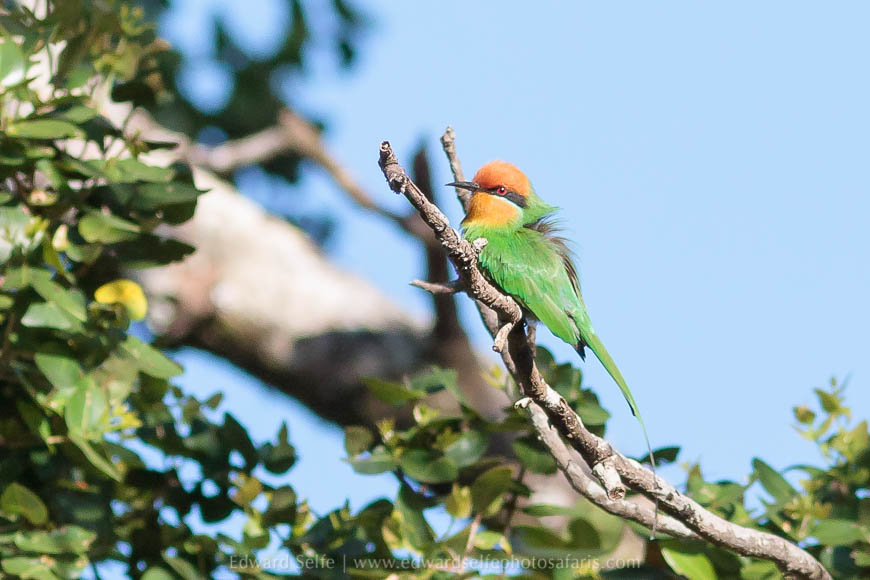
After Kasanka NP, it’s a short flight to Chikuni Plains, the dry area on the edge of the massive Bangweulu Swamps which stretch to nearly 10,000 sq kms. This is the most highly sought-after destination in this area for several reasons:
Firstly, the topography is stunning. The permanent swamps are fed by numerous rivers and form the world’s largest lily pond. Endless small channels are kept open by the movements of hippo and buffalo and the rich waterways support incredible bird life, fish and crocodiles. Sunrises and sunsets across the flooded grassland are memorable every time for the changing light, the mist and the frenetic bird calls that provide the backdrop for life here.
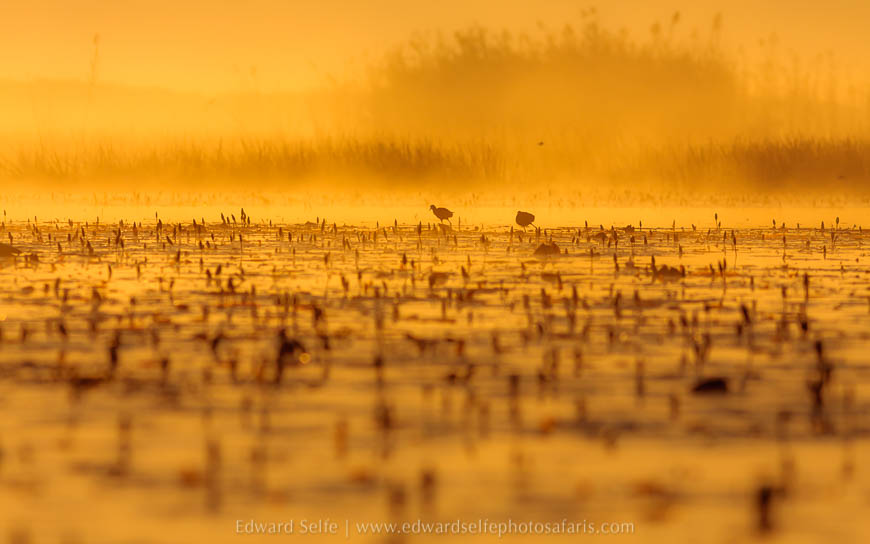
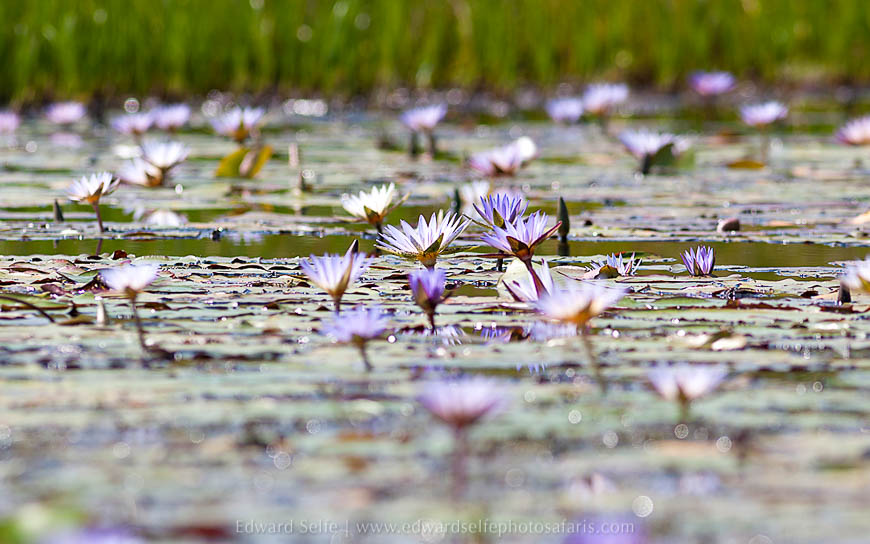
The second reason to visit the swamps is the globally important population of black lechwe, an aquatic antelope that lives (now) almost nowhere else. Up to 100,000 of these antelope inhabit the shallow waterways at the margins of the swamps, moving further into the water at night and feeding on the plains by day. A majestic antelope by any measure, they are effortlessly graceful when bounding through the shallow water, propelled by long, springy hind legs.
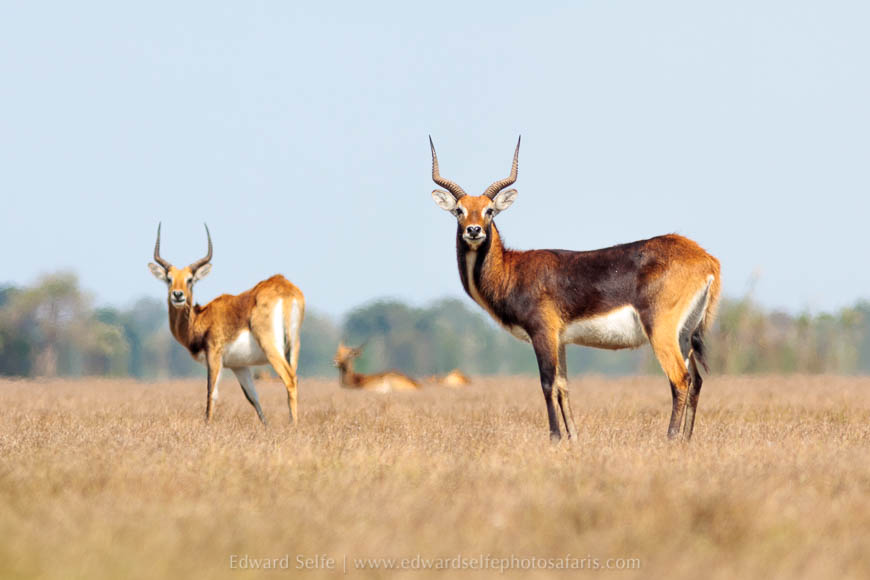
The final, and most compelling, reason for visiting Bangweulu is the Shoebill stork. Ancient, prehistoric and armed with a clog-shaped bill capable of dispatching a large cat-fish, these are a formidable, beautiful and almost comic character. During the dry season, they nest on the grass islands in the swamps and can be remarkably confiding allowing close approaches. Top of the list is to find one fishing, and to watch as it uses the hook on it massive bill to kill a cat-fish before swallowing the remains.
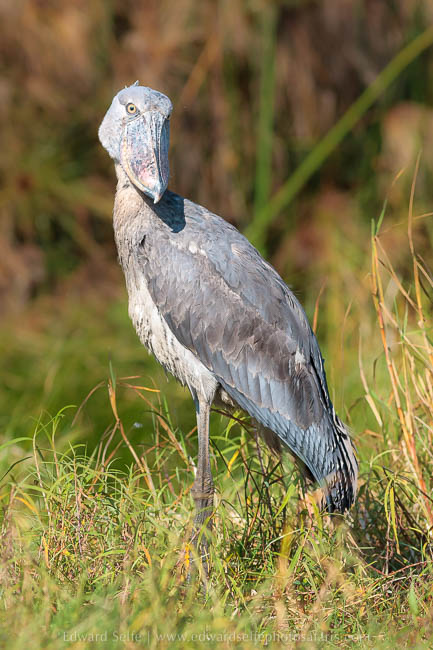
These lesser-known areas form part of a long safari that I was due to lead in June and July this year; I am very sad that COVID-19 has meant that it will now happen at the same time in 2021. Debbie, Michael and Sue – very sorry not to see you this year, but the protected Shoebill population will only be larger when we go there next year! And Lion Camp will remain a stunning end to the tour. Look forward to seeing you then.
Off the beaten-track in Zambia; it doesn’t get more exclusive than Mutinondo, Kasanka and Bangweulu. Ask me about tours to see these specialities in 2021.

